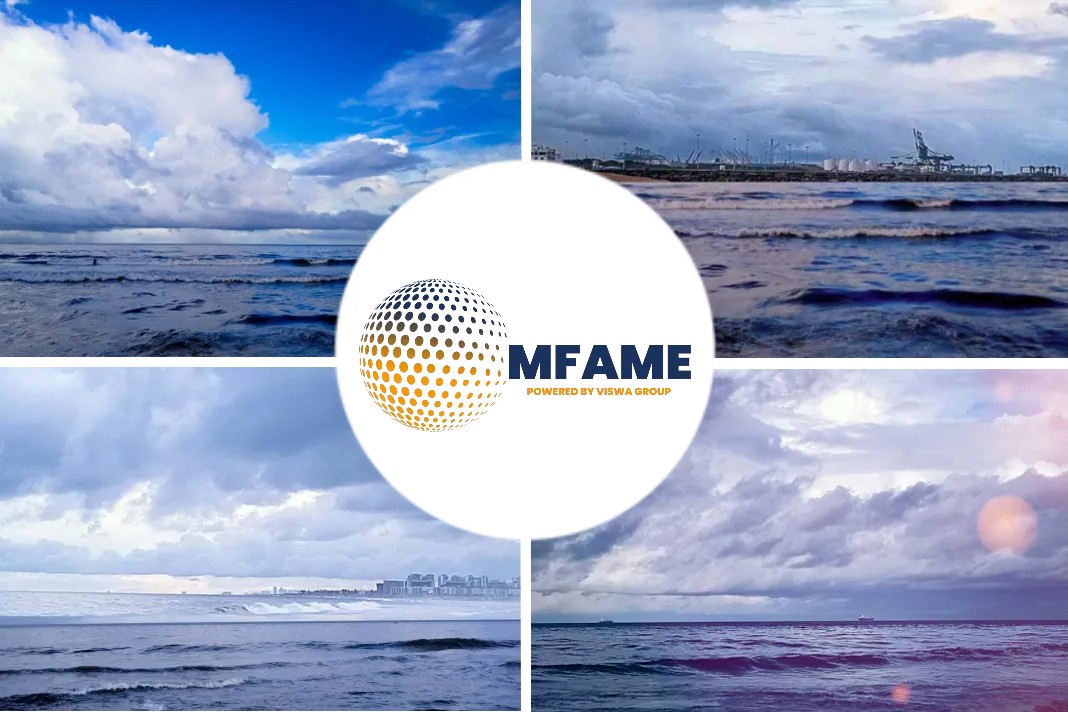- MARPOL permits unprocessed food waste to be discharged into the sea from vessels.
- It should be at a distance not less than 12 nautical miles from the nearest land.
- However, not all coastal states do not define their ‘nearest land boundary’ in the same way.
According to reports, vessels trading to China are regularly fined for non-compliance with garbage discharge provisions in Chinese waters, most often for illegal dumping of food wastes. Chinese requirements for discharges of food wastes are generally no stricter than those set forth in MARPOL Annex V. Reports of vessels being penalized in Australia for the same reasons, that is, for illegally discharging food waste into Australian waters have also surfaced. The main reason for being penalized is merely that vessels’ garbage procedures, and nautical charts, are not sufficiently clear on the coordinates of sea areas in which the discharge of food wastes is prohibited.
An Insight Into MARPOL Annex V
The MARPOL Convention prohibits discharge into the sea of nearly all forms of garbage, including plastic. It does, however, contain a specific exemption for food waste. Under MARPOL Annex V, discharge into the sea of food waste is permitted while the vessel is en route and as far as practicable from the nearest land, but in any case, not less than 3 nm from the nearest land if the discharged food waste has been comminuted or ground, and not less than 12 nm for unprocessed food waste. Stricter discharge standards do apply in the so-called ‘Special Areas’, however, neither China nor Australia have designated any Special Areas for the purposes of MARPOL Annex V.
When discharge standards under MARPOL require you to be a specified distance from the nearest land, the term ‘from nearest land’ generally means from a country’s territorial sea baseline. There is, however, one exception to this general definition. On the north eastern coast of Australia, Australia’s nearest land boundary extends around the outer edge of the Great Barrier Reef (GBR) region and discharges permitted under MARPOL must be measured seaward of this boundary.
Ambiguous Terms
It is also a fact that not all countries define their baselines in the same way. For many countries, the baseline for establishing the territorial sea is drawn at the low-water line, as stated in official charts. Perhaps the easiest way to think of a normal baseline is as an “outline” of a country’s coast. However, a number of countries have established baselines as straight lines between prominent coastal features and others claim “archipelagic status” with baselines joining outlying islands. Such countries’ baselines can therefore lie many nautical miles off their coasts. So why were Chinese and Australian vessels penalized?
In the Chinese case, the crew was not aware that China has declared straight baselines along parts of its coast. In accordance with China’s Declaration of 15 May 1996, the baseline off Ningbo Port is drawn between points situated on two fairly remote islands and basically pushes the territorial sea limit further seaward. Hence, the crew had discharged food waste at a position well beyond the 12 nm limit as measured from China’s shoreline but failed to recognise that the vessel was still operating within Chinese waters.
In the Australian case, the crew had discharged food waste at a position well beyond the 12 nm limit measured from Australia’s territorial baseline but failed to recognize that the vessel was operating within the GBR region.
Recommendations Given
Masters must make sure that environmental issues are considered in voyage and passage planning. Areas where specific marine environmental measures apply should be noted in the detailed passage plan. IMO’s circular MEPC.1/Circ.778/Rev.3 provides an overview of all Special Areas defined under MARPOL Annexes I, II and V and Emission Control Areas (ECAs) defined under MARPOL Annex VI. Operators must ensure that vessel procedures, such as the Garbage Management Plan and Record Book, and nautical charts, contain all relevant information and are up to date. According to AMSA, vessels that do not carry adequate and up-to-date nautical charts may be detained and refers to this media release as an example of such a detention. Vessel crews must also be reminded that ’nearest land’ in MARPOL does not necessarily mean the ‘nearest shoreline’.
Did you subscribe to our daily Newsletter?
It’s Free! Click here to Subscribe
Source: Gard






















